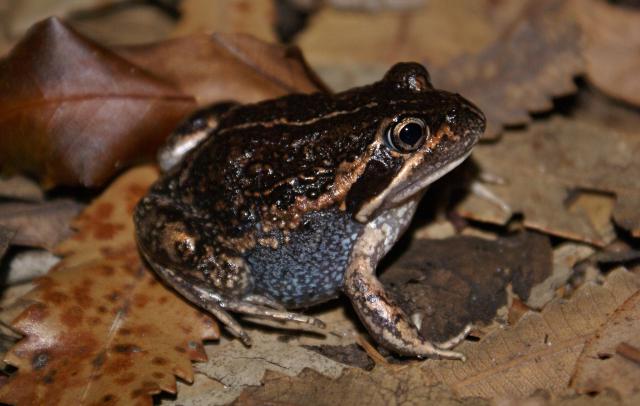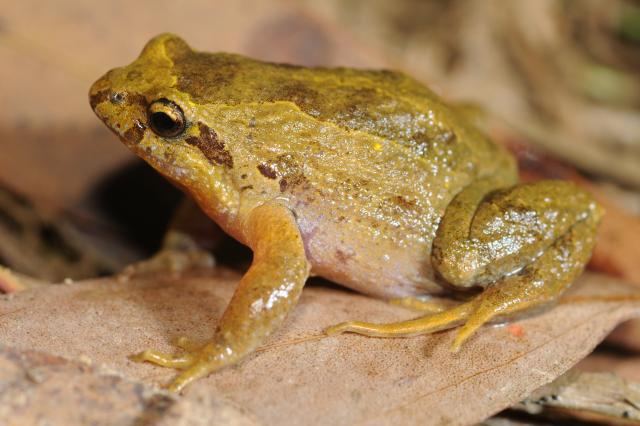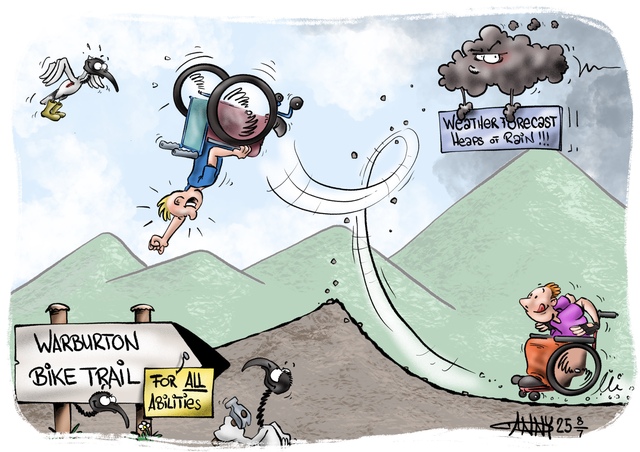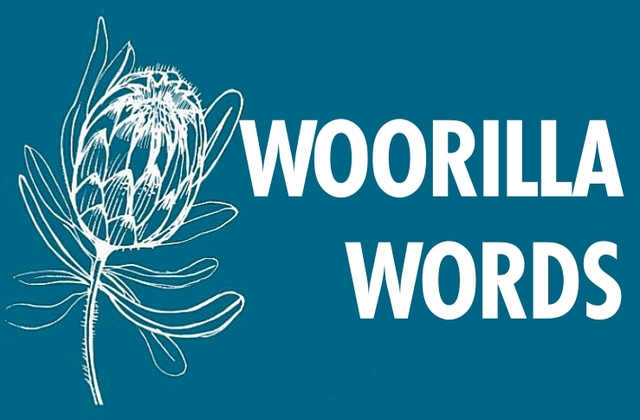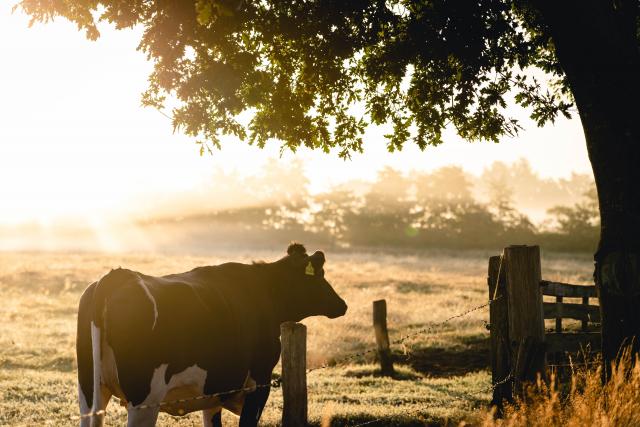Croaks, ribbits and more have contributed towards an amphibious undertaking recently as an Australian citizen science project reaches a new record.
FrogID, the Australian Museum’s national frog count and the largest global citizen science project about frogs, has reached a new milestone, one million validated frog records.
The one millionth frog record was of a Spalding’s Rocket Frog recorded about 50kms from Cloncurry, north-west Queensland by volunteer citizen scientist, Dr Elliot Leach.
Curator of Amphibian and Reptile Conservation Biology at the AM and UNSW Sydney, and lead scientist behind FrogID, Dr Jodi Rowley, said she was thrilled and grateful to the tens of thousands of FrogID users across Australia who helped achieve this milestone.
“This is a testament to the incredible contribution of citizen scientists right across the country. FrogID has changed attitudes towards frogs and created opportunities for communities, schools and families to learn, participate and contribute towards the research and conservation of Australia’s unique amphibians. It is inspiring and encouraging to see such interest in our precious frogs,” said Rowley.
Leading Amphibian scientists from across the USA, UK and Australia congratulated Dr Rowley and her team at the Australian Museum on this extraordinary achievement saying that a dataset of this size will help inform scientists and policy makers into the future.
David De Angelis, who is an environmental consultant who consults in ecology and frog conservation for the Greater Melbourne area said that the audio recordings submitted through the frog ID end up alongside the records that a professional ecologist would collect.
“They eventually all end up in Atlas of Australia,” he said.
The sounds are run past a group of herpetology experts Mr De Angelis said the team are fairly quick to identify the frogs when people send recordings through.
“From a scientific perspective, the great thing is that we have so many people contributing records,” he said.
“It’s then in the hands of the scientists and that data is available to all sorts of other researchers.”
Created and devised by AM Director & CEO, Kim McKay AO and Dr Rowley, the AM launched FrogID in 2017 with the purpose of creating a database of frog records and associated audio files to assist in the conservation of Australia’s distinctive amphibians.
McKay said this milestone was made possible by more than 45,000 interested and concerned volunteer citizen scientists across Australia.
“Emphasising science and technology, the free FrogID app is at the heart of our nation-wide program. Initially developed with the assistance of IBM and the Federal Government, the GPS technology used in the free FrogID app has allowed thousands of Australians of all ages to contribute to this vital national citizen science project,” McKay said.
For communities across the Yarra Ranges and beyond, De Angelis said that nighttime is the best time to attempt to capture recordings of the amphibian vocal escapades.
“Nighttime is a good time to catch them calling, but there is nothing to stop you from trying in the daytime,” he said.
“That’s the great thing about having a tool like the Frog ID app, it’s convenient.”
Director and Chief Scientist of the Australian Museum Research Institute, Professor Kris Helgen, said frogs are not only charismatic and colourful animals, but important for healthy ecosystems.
“Because frogs are highly sensitive to environmental change, including pollution, land and water use, and climate change, they are key indicators of the health of our environment. With 249 native frog species in Australia including many in serious decline, there is a critical need to better understand our frogs and their habitats,” Helgen said.
“They are the ‘canary in the coalmine’ for Australian ecosystems,” he said.
De Angelis said that some of the different species of frogs can be heard more commonly at different times of the year.
The Victorian Smooth and Southern Toadlet specifically can be heard more around Autumn in Greater Melbourne.
“These are a species typically call in Autumn, while most others call during spring or summer,” he said.
Helping people identify frogs in the wild is just part of the FrogID project. FrogID submissions have helped identify five new species, produced more than 20 research papers and even inspired an ARIA nominated album.
Messages of support have come from leading amphibian ecologists around the world including:
Director of Yale Peabody Museum Professor David Skelly said FrogID is a project that needs to be taken up by other countries.
“The audience that Jodi Rowley has built through FrogID will translate into positive conservation outcomes for amphibians. It is a fantastic model that needs to be repeated on other continents. Jodi Rowley and her team are fundamentally changing what we know about the biology of frogs at scales I never thought imaginable,” he said.

